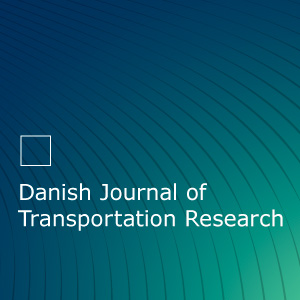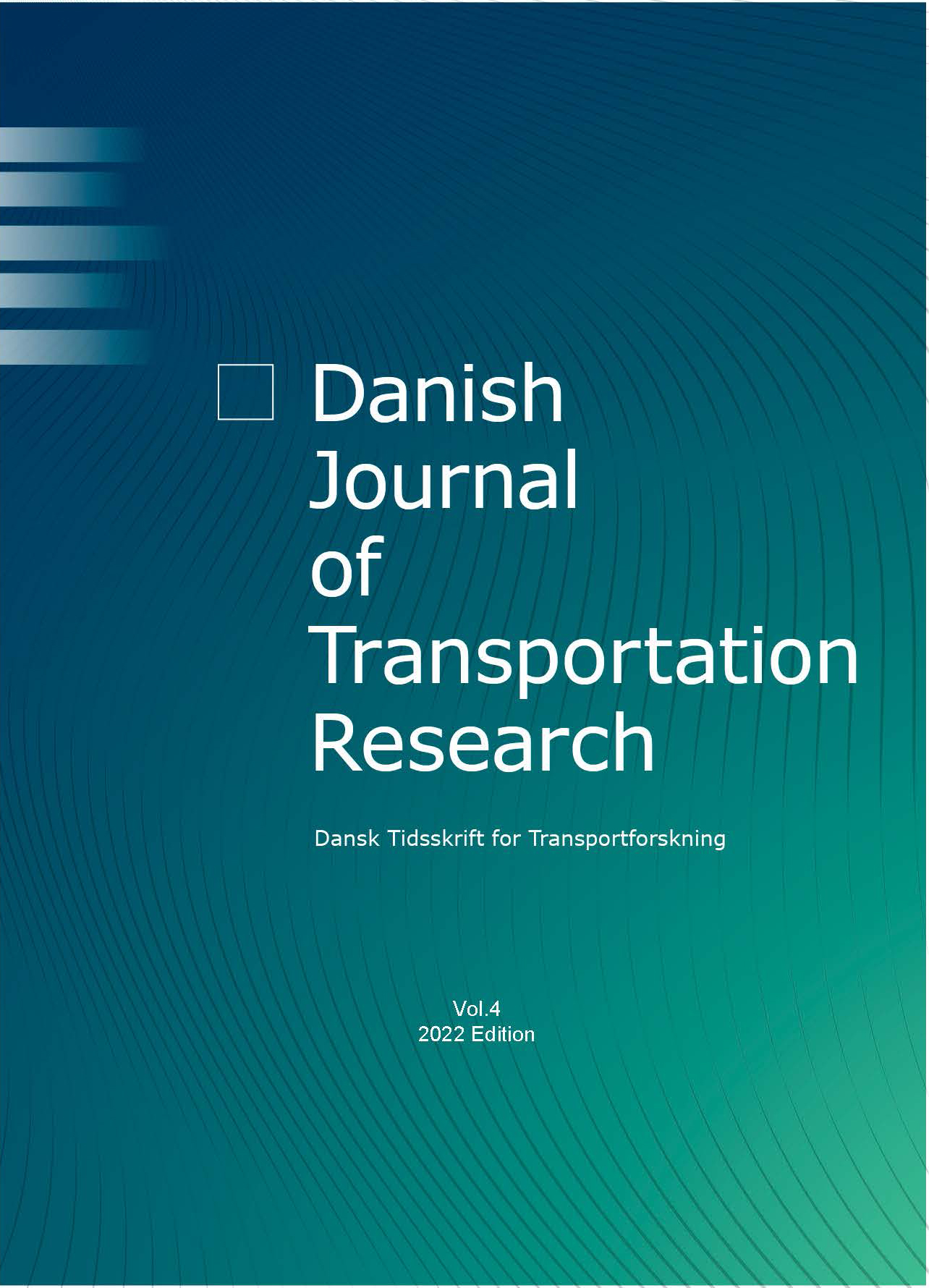Pisk eller gulerod? - Trafikpolitiske virkemidler til at påvirke grøn transportadfærd
DOI:
https://doi.org/10.5278/ojs.djtr.v4i.6659Resumé
Den danske transportsektor har historisk valgt en trafikpolitik som har gjort brug af tillokkende styringsmidler, såsom forbedringer af alternativerne til privatbilisme, i håb om at dette ville medføre et frivilligt transportmiddelskift. Til trods for dette så kører den danske befolkning mere i bil end nogensinde før med en øget udledning af CO2 fra vejtransporten til følge. Denne udvikling efterspørger nærmere undersøgelse af, hvordan vi kan fremme og opfordre til mere klimavenlig transport gennem påvirkning af transportadfærd. Påvirkning af transportadfærd og -mønstre kan forsøges opnået gennem brug af forskellige trafikpolitiske virkemidler, og nærværende artikel bidrager til forskningen omhandlende hvilke trafikpolitiske virkemidler, som har den største effekt. Dette er undersøgt gennem en spørgeskemaundersøgelse baseret på en stated preference analyse. Analysen viste at det er ekstrem vanskeligt at påvirke transportadfærd, hvor ændringer i form af takstnedsættelser og kortere rejsetid med den kollektive transport havde en begrænset effekt på respondenterne. Resultaterne viste imidlertid at forbedringer af den kollektive transport har en lidt større effekt, når disse sker i kombination med virkemidler som en trængselsafgift eller variable kørselsafgifter (road pricing), som er direkte rettet mod bilisternes kørsel.
Downloads
Publiceret
Citation/Eksport
Nummer
Sektion
Licens
Artikler publiceret i "The Danish Journal of Transportation Research - Dansk Tidskrift for Transportforskning" er licenseret under en Creative Commons Navngivelse-IkkeKommerciel-IngenBearbejdelse 3.0 Unported Licens.
Forfattere bevarer deres ophavsret og giver tidsskriftet ret til første publicering, samtidigt med at værket er omfattet af Creative Commons Attribution-licensen: Navngivelse – Ikke-kommerciel - Ingen Bearbejdede Værker (by-nc-nd). Læs om licensen på http://www.creativecommons.dk/om/.


